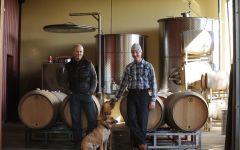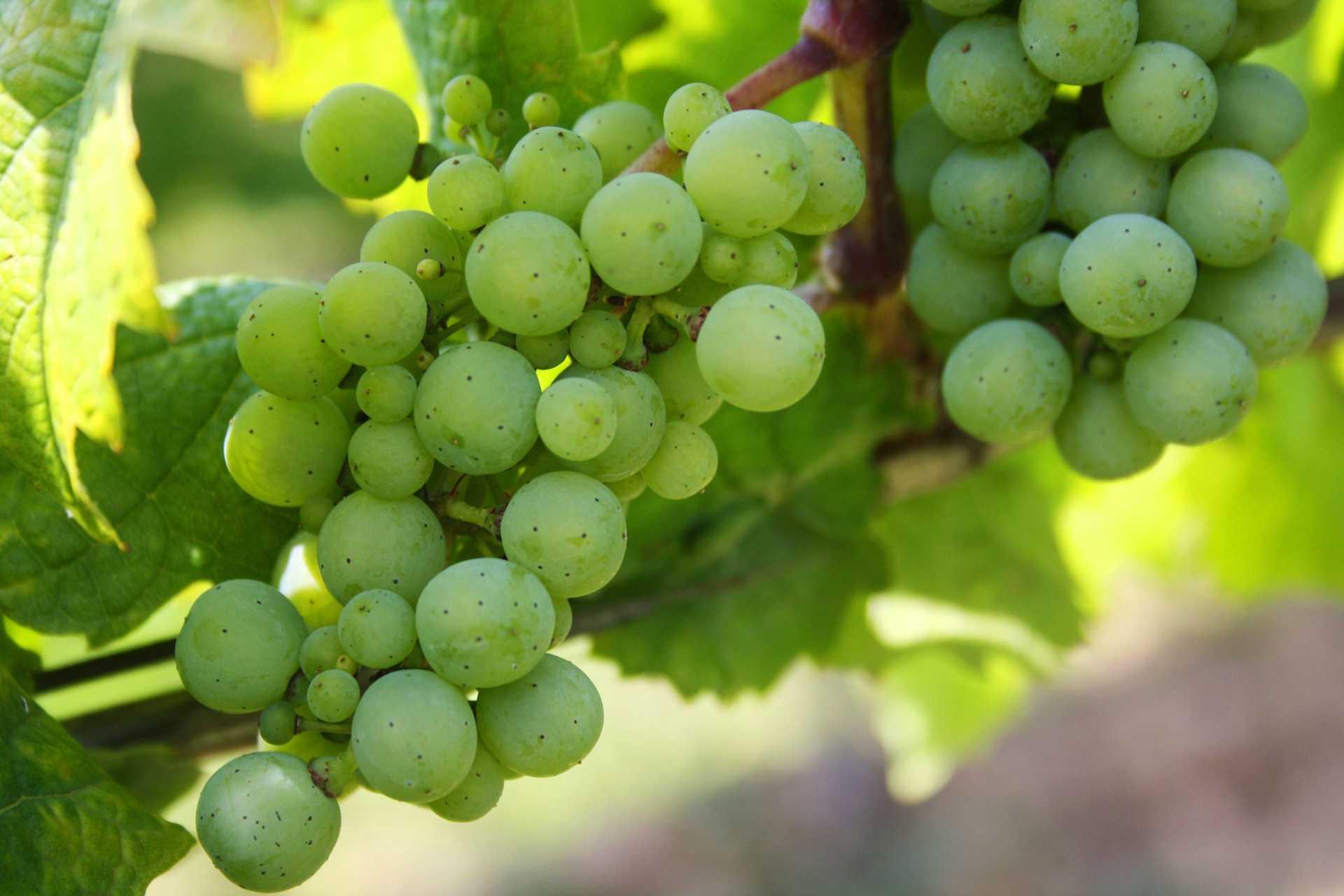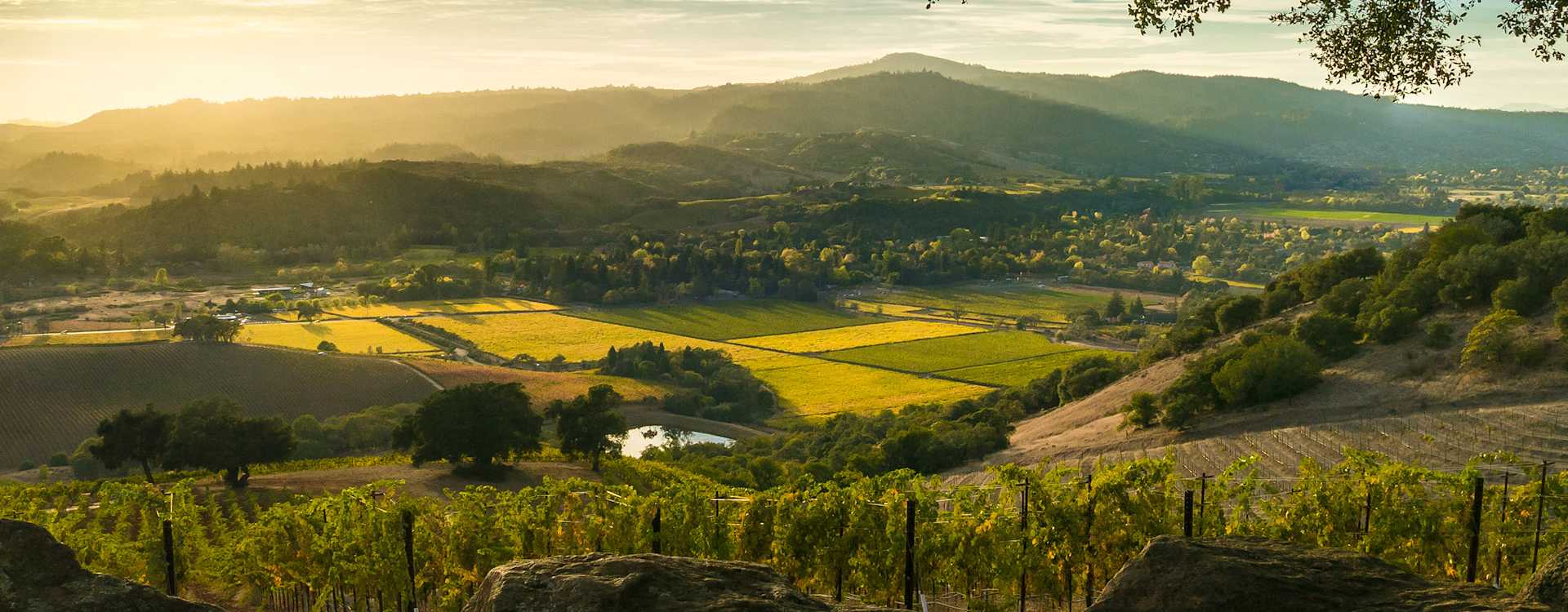Arnot-Roberts Heinstein Vineyard Old Vine White 2016



Product Details
Your Rating
Somm Note
Winemaker Notes
Other Vintages
2018- Decanter









Arnot-Roberts was Founded in 2001 in Healdsburg, CA by childhood friends, Duncan Arnot Meyers and Nathan Lee Roberts. The focus of this two person operation is on small lot, single vineyard Cabernet Sauvignon, Syrah, Chardonnay, as well as several other varieties uncommon in Northern Californian vineyards. Sites are carefully chosen and are generally on the cooler end of the spectrum for the planted varieties. Collaboration with dedicated and passionate growers is paramount in the farming of these sites.
Duncan and Nathan grew up around winemaking in the Napa Valley. Nathan is a second generation cooper and personally builds all of the French oak barrels that are utilized in the ageing of all Arnot-Roberts wines. Over the years Duncan has worked making wine in the Napa Valley in wineries like, Caymus, Groth, Acacia, Kongsgaard.
Total production of Arnot-Roberts is around 2,000 cases per year with thirteen individual wines. Both primary and secondary fermentations are carried out utilizing native yeast. For the Syrahs whole clusters are retained during primary fermentation before being basket pressed to French oak barrels. For the Cabernets, hillside sites of intense character are chosen, small amounts of whole clusters are retained during primary fermentation and the wines are aged for two years in varying amounts of new French oak cooperage, selected and toasted to meld with the vintage at hand. White wines are whole cluster pressed and stainless steel fermented with native yeast, then aged in neutral French oak barrels.

With hundreds of white grape varieties to choose from, winemakers have the freedom to create a virtually endless assortment of blended white wines. In many European regions, strict laws are in place determining the set of varieties that may be used in white wine blends, but in the New World, experimentation is permitted and encouraged. Blending can be utilized to enhance balance or create complexity, lending different layers of flavors and aromas. For example, a variety that creates a soft and full-bodied white wine blend, like Chardonnay, would do well combined with one that is more fragrant and naturally high in acidity. Sometimes small amounts of a particular variety are added to boost color or aromatics. Blending can take place before or after fermentation, with the latter, more popular option giving more control to the winemaker over the final qualities of the wine.

Perhaps the most historically significant appellation in Sonoma County, the Sonoma Valley is home to both Buena Vista winery, California's oldest commercial winery, and Gundlach Bundschu winery, California's oldest family-run winery.
It is also one of the more geologically and climactically diverse districts. The valley includes and overlaps four distinct Sonoma County sub-appellations, including Carneros, Moon Mountain District, Sonoma Mountain and Bennett Valley. With mountains, benchlands, plains, abundant sunshine and the cooling effects of the nearby Pacific, this appellation can successfully produce a wide range of grape varieties. Pinot Noir, Chardonnay, Cabernet Sauvignon, Gewürztraminer, and most notably, Zinfandel all thrive here. Ancient Zinfandel vines over 100 years old produce small crops of concentrated, spicy fruit, which in turn make some of the Valley's most unique wines. These can also be made as “field blends” (wines made from a mix of grape varieties grown in the same vineyard) along with Petite Sirah, Carignan and Alicante Bouschet.
